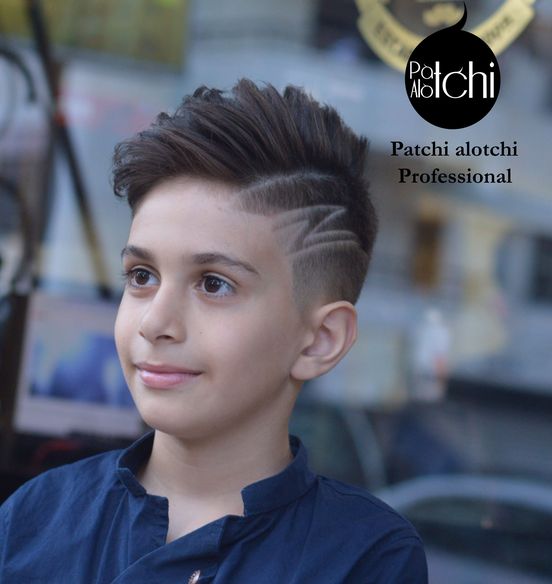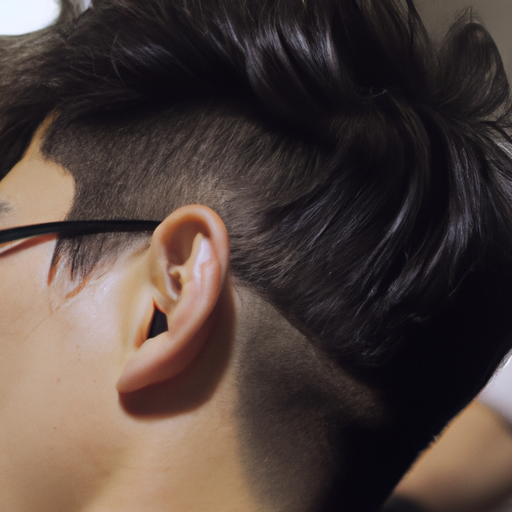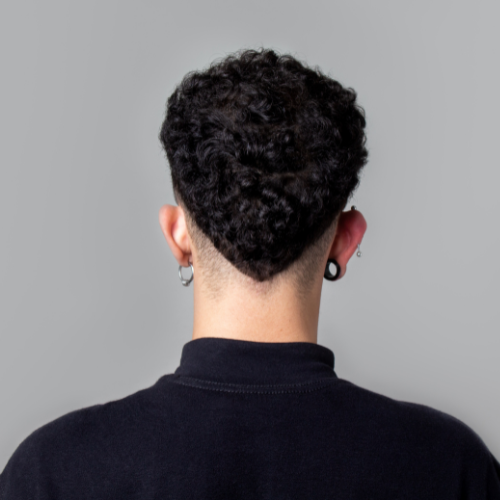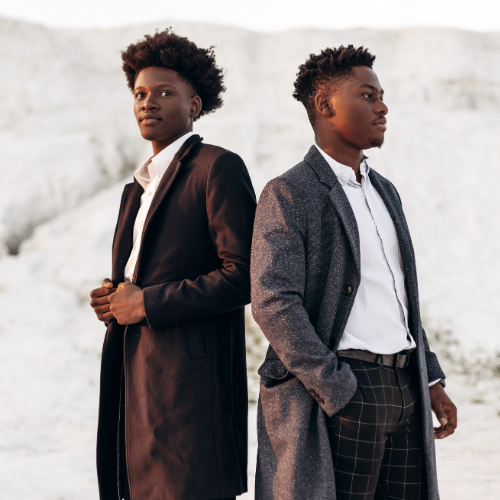The Evolution of Women’s Hairstyles Throughout History
Throughout history, women’s hairstyles have served as a powerful form of self-expression, reflecting societal norms, cultural traditions, and personal identity. From ancient times to the modern era, women have used their hair as a canvas to convey their individuality, beauty, and social status. This article explores the fascinating journey of women’s hairstyles, unveiling the mystique of early civilizations, reflecting societal changes in the Renaissance to the Victorian era, breaking boundaries in the Roaring Twenties to the Swinging Sixties, and embracing diversity and empowerment in modern times.
Ancient Times: Unveiling the Mystique of Women’s Hairstyles in Early Civilizations
In ancient times, women’s hairstyles were often intricate and symbolic, reflecting their cultural beliefs and social status. In ancient Egypt, for example, women adorned their hair with elaborate headdresses, such as the iconic Nefertiti crown, which symbolized their connection to the gods and their elevated position in society. Similarly, in ancient Greece, women wore their hair in intricate braids and adorned them with jewelry, showcasing their wealth and beauty.
Furthermore, in ancient China, long, flowing hair was considered a symbol of femininity and beauty. Women would spend hours combing and styling their hair, often using accessories like hairpins and combs made of precious materials. The length and style of a woman’s hair were also indicative of her marital status and social standing.
Overall, ancient women’s hairstyles were not only a reflection of beauty but also served as a means of communication, conveying messages about social status, cultural identity, and religious beliefs.
Renaissance to Victorian Era: From Elaborate Updos to Romantic Curls – Women’s Hairstyles as a Reflection of Society
The Renaissance to Victorian era witnessed significant changes in women’s hairstyles, mirroring the societal shifts and cultural values of the time. During the Renaissance, women’s hairstyles became more elaborate, with voluminous updos adorned with ribbons, flowers, and pearls. These hairstyles were seen as a symbol of wealth and nobility, as only the upper class had the resources and time to create such intricate styles.
As the Victorian era dawned, women’s hairstyles became more restrained and modest, reflecting the prevailing conservative values of the time. Women often wore their hair in tight buns or braids, with curls framing their faces. This demure style was seen as a reflection of femininity and virtue, aligning with the societal expectations placed on women during this period.
However, it is important to note that not all women conform to these societal norms. Some rebellious individuals, such as the suffragettes, opted for shorter hairstyles or even cropped their hair as a symbol of defiance against gender roles and societal expectations.
The Roaring Twenties to the Swinging Sixties: Breaking Boundaries with Short Bobs and Iconic Beehives
The 1920s marked a significant turning point in women’s hairstyles, as the iconic flapper look emerged. Women began to embrace shorter hairstyles, such as the bob, which symbolized liberation and a rejection of traditional gender roles. The bob was a radical departure from the long, flowing locks of the past and became a symbol of the modern, independent woman.
In the 1960s, women’s hairstyles continued to evolve, reflecting the spirit of rebellion and social change. The beehive hairstyle, popularized by icons like Audrey Hepburn and Brigitte Bardot, became a symbol of glamour and femininity. This towering hairstyle required skill and patience to achieve, and its popularity showcased women’s desire to break free from societal constraints and embrace their individuality.
During this era, women also began to experiment with vibrant hair colors, such as pastel shades and bold highlights, further pushing the boundaries of self-expression through their hairstyles.
Modern Times: Embracing Diversity and Empowerment – Women’s Hairstyles as a Statement of Individuality
In modern times, women’s hairstyles have become more diverse and inclusive, reflecting the changing attitudes towards beauty and individuality. Women now have the freedom to choose from a wide range of hairstyles, regardless of their age, ethnicity, or social background.
For instance, natural hairstyles, such as afros, braids, and dreadlocks, have gained popularity as a celebration of Black culture and a rejection of Eurocentric beauty standards. These hairstyles have become a powerful symbol of empowerment and self-acceptance, challenging societal norms and promoting inclusivity.
Moreover, women today have the option to experiment with various haircuts, colors, and styles, allowing them to express their unique personalities and preferences. From pixie cuts to long, flowing waves, women can choose a hairstyle that aligns with their individuality and makes a statement.
In conclusion, women’s hairstyles have evolved significantly throughout history, reflecting the cultural, societal, and personal changes experienced by women. From ancient civilizations to modern times, hairstyles have served as a form of self-expression, communication, and empowerment. As society continues to evolve, it is exciting to witness the ever-changing landscape of women’s hairstyles and the diverse narratives they represent.

Opening Times
Monday – Friday
10AM – 6:30PM
Saturday
10AM – 5PM
Sunday
10AM – 4PM
Contact Details
Patchi Alotchi
5 N Broad St,
Ridgewood, NJ 07450




